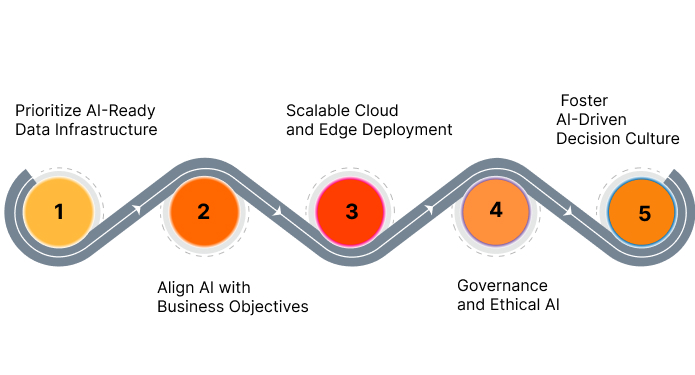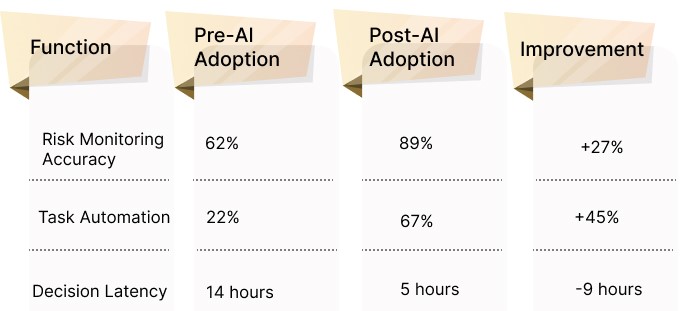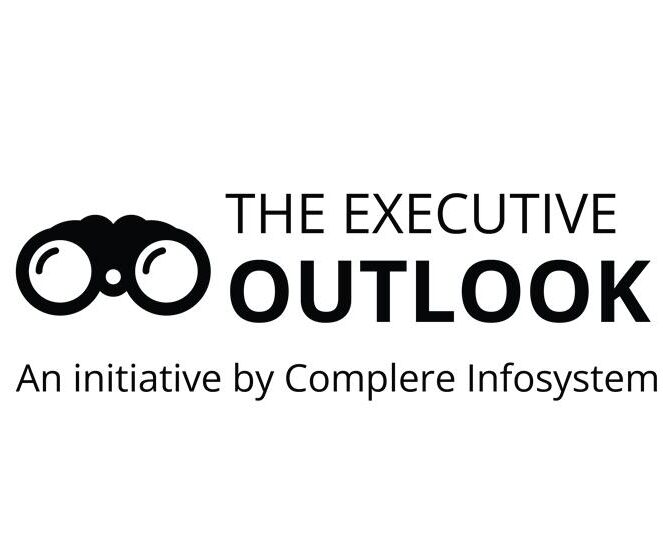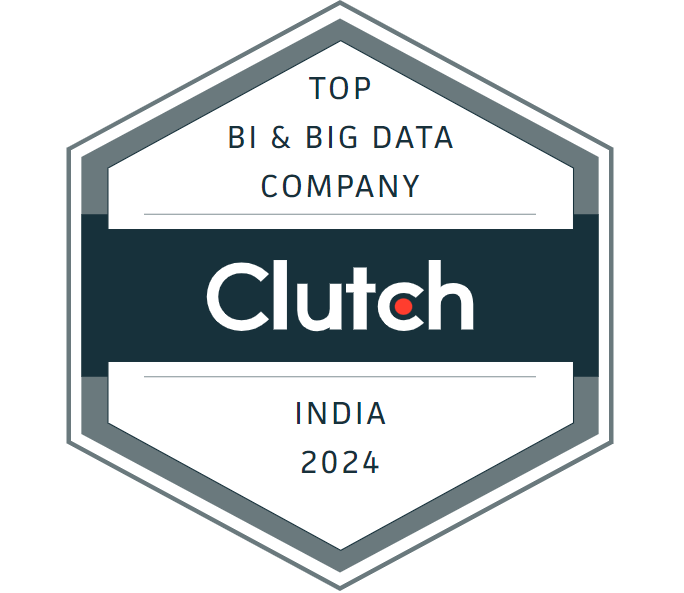
Strategy #1: Prioritize AI-Ready Data Infrastructure
-
- Collect and process high-volume, high-velocity data efficiently.
- Integrate data lakes, warehouses, and cloud storage seamlessly.
- Ensure data quality, governance, and lineage for reliable insights.
- Enable real-time analytics pipelines to support AI decisioning.
Example: A retail client implemented an AI-based customer recommendation system using data engineering pipelines. Result? 25% uplift in conversion rates within 4 months.
|
Data Function |
Improvement with AI Strategy |
KPI Measured |
|
Data Processing Speed |
70% faster |
ETL runtime |
|
Data Accuracy |
95%+ validated |
Data quality score |
|
Real-Time Insight |
60% faster |
Decision latency (hours → mins) |
Strategy #2: Align AI with Business Objectives
- Predictive analytics for revenue growth.
- Process automation for operational efficiency.
- Customer sentiment analysis for marketing optimization.
-
- 17% cost reduction in transportation.
- 20% improvement in delivery time reliability.
Strategy #3: Scalable Cloud and Edge Deployment
-
- Migration of AI workloads to cloud-native architectures.
- Integration with edge computing for faster local data processing.
- Optimization of multi-cloud strategies to balance cost, performance, and compliance.
ROI Metrics:
-
- 40% reduction in system downtime.
- 35% faster AI model deployment cycles.
- 28% lower infrastructure costs per AI workload.
Strategy #4: Governance and Ethical AI
-
- Implement AI governance frameworks to monitor model performance.
- Ensure bias detection and ethical compliance in AI outputs.
- Maintain cybersecurity standards across AI and data pipelines.
- Integrate audit trails for regulatory accountability.
Strategy #5: Foster AI-Driven Decision Culture
AI delivers value only when leaders and teams trust and understand insights:
- CIOs implement AI dashboards for executive decision-making.
- CTOs drive cross-functional AI adoption training.
- Teams are empowered to act on AI predictions, rather than treating models as black boxes.
Example: Financial services client adopted AI dashboards for risk monitoring. Complere’s training program increased employee adoption to 90% within 3 months.

Strategy #6: Continuous Innovation and Experimentation
CIOs and CTOs cultivate a culture of experimentation, ensuring AI remains adaptive and impactful:
- Test new AI algorithms for specific business outcomes.
- Pilot predictive models on smaller datasets before scaling.
- Iterate rapidly using feedback loops from AI outputs and operational teams.
Example: Complere deployed AI-driven demand forecasting for a manufacturing client, enabling 12% reduction in inventory waste while improving production scheduling by 18%.
Real-World Outcomes
- Retail: AI-powered personalization increased average basket size by 20%.
- Healthcare: Predictive analytics reduced hospital readmissions by 15%.
- Manufacturing: AI-based predictive maintenance cut downtime by 22%.
Conclusion
-
- Designing AI-ready infrastructure.
- Aligning AI with measurable business outcomes.
- Ensuring ethical governance and compliance.
- Building a data-driven decision-making culture.
- Continuously experimenting and innovating.
Editor Bio

I’m Isha Taneja, serving as the Editor-in-Chief at "The Executive Outlook." Here, I interview industry leaders to share their personal opinions and provide valuable insights to the industry. Additionally, I am the CEO of Complere Infosystem, where I work with data to help businesses make smart decisions. Based in India, I leverage the latest technology to transform complex data into simple and actionable insights, ensuring companies utilize their data effectively.
In my free time, I enjoy writing blog posts to share my knowledge, aiming to make complex topics easy to understand for everyone.





